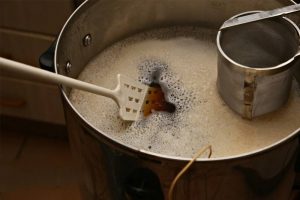
What equipment do I need to brew my own beer?
Good thing you decided to try brewing your own beer, there are few things in life more satisfying than pouring yourself a brew of your own. You may have browsed some home brewing supply websites and found that there are tons of different types of kettles, fermenters and accessories to choose from. Makes it easy
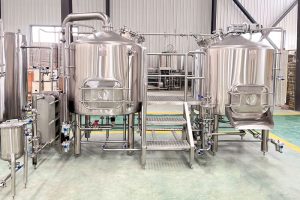
5BBL beer brewing equipment completed
5BBL 2 vessels beer brewing equipment is ready, waiting to be sent to the UK. 5BBL is a beer brewing equipment for restaurants, bars and microbreweries. MICET CRAFT provides a complete turnkey solution, the customer is very satisfied, and we are also very happy. Previous Next The configuration of 5BBL beer brewing equipment is as
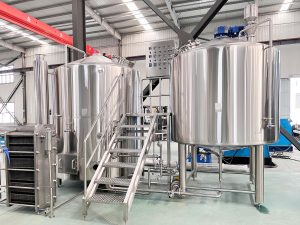
The Cost of Starting a Brewery
The past decade has been significant for the world of craft beer. With four ingredients — water, malt, hops, and yeast — and a trip to your local beer equipment store, almost anyone can start brewing their beer. Brewery hopping and craft beer trading have become a hobby, drawing legions of beer connoisseurs to breweries
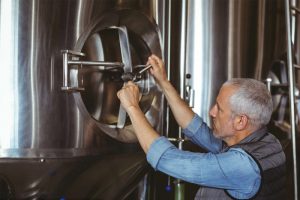
Beer brewing system 8bbl completed on time
The customized 8bbl beer brewing system was completed within the stipulated time. They are happy with the quality and so are we. Micet has container ready for shipment to the UK. The equipment is made of SUS304 material with exquisite appearance and quality assurance. Previous Next The configuration of 8BBL brewing equipment is as follows:
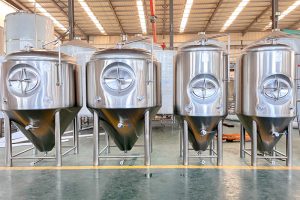
why is most brewery equipment stainless steel?
The alcohol industry is one of the largest industries in the world. With annual revenues in the billions, it is by far one of the most important industries in several economies. This is true for almost all kinds of alcohol, from beer to whiskey and everything between.When it comes to brewing beer, one of the

Tips for Improving Fermentation Efficiency in Brewery Equipment
Honing your home brewing skills will only lead to better beer. While it may seem like the fermentation process is out of our control, we have a lot more control than ! After supplying the brewing industry with the finest equipment for over two decades, we have developed a deep understanding of brewing and advanced

How to maintain beer equipment
Cleaning and sanitizing all you brew equipment is the one thing you can do to guarantee your beer doesn’t spoil. If you fail to adequately clean and sanitize your equipment, you have a good chance of ruining your beer. Thankfully, cleaning and sanitizing is pretty damn easy. It just takes some attention to detail and

Challenges and opportunities of the craft beer industry in 2023
The craft beer industry has contributed to the beer variety. This niche market excludes large breweries producing popular brands for mass distribution and consumption. Instead, craft brewers brew unique regional ales, pilsners, stouts, lagers, wheat beers and other specialized recipes. This developing industry is likely to grapple with some ongoing challenges and opportunities in 2023.

Ten Questions About Beer Brewing Equipment
I think everyone will encounter a lot of problems in beer brewing. Here are ten questions I have compiled about beer brewing equipment. I hope these questions can solve your doubts and problems in beer brewing. Table Of Contents What equipment is used in a brewery? These include grain silos, mills, weighing systems, mash tuns,
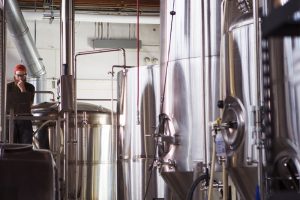
3000L beer brewing equipment is ready
This is a 3000L beer brewing equipment made by Micet craft for a Canadian customer. Made of 304 stainless steel, beautiful and generous. Customers are surprised and satisfied. Micet adheres to the concept of quality-oriented and provides high-quality equipment for everyone. Previous Next Here are some important configurations: 1000kg/h Grain transfer auger(CUL certified) 3000L 2 vessels
Learn more about winemaking
If you want to learn more about winemaking, you can subscribe to our blog for updates. We will update the blog every week so that you can learn more about winemaking.
